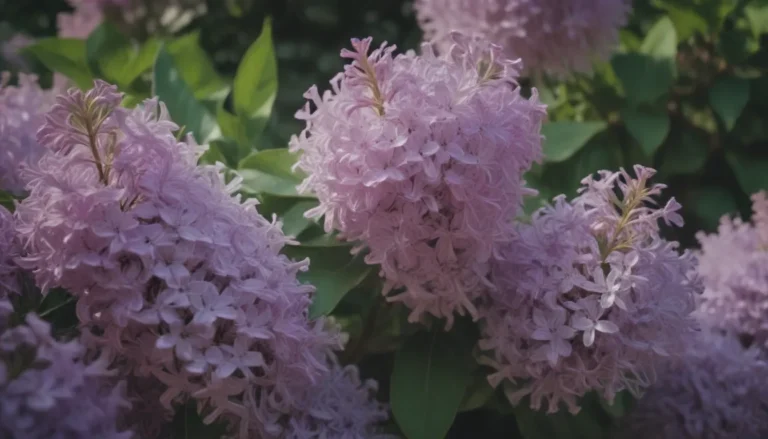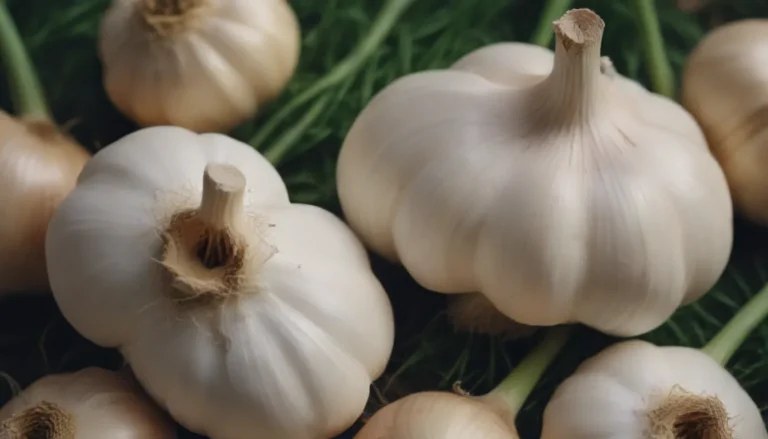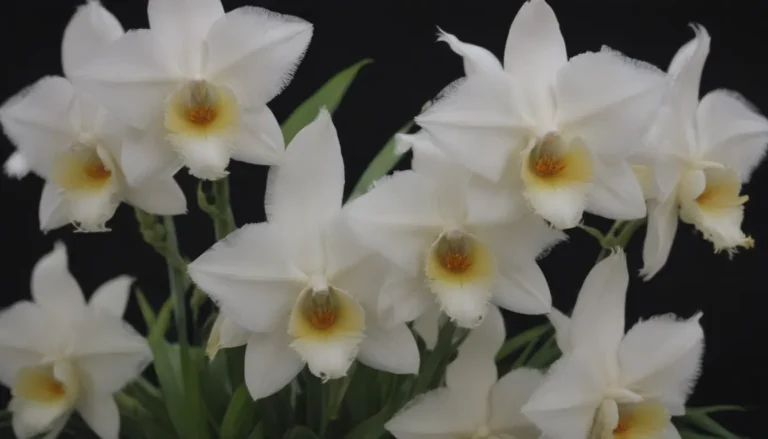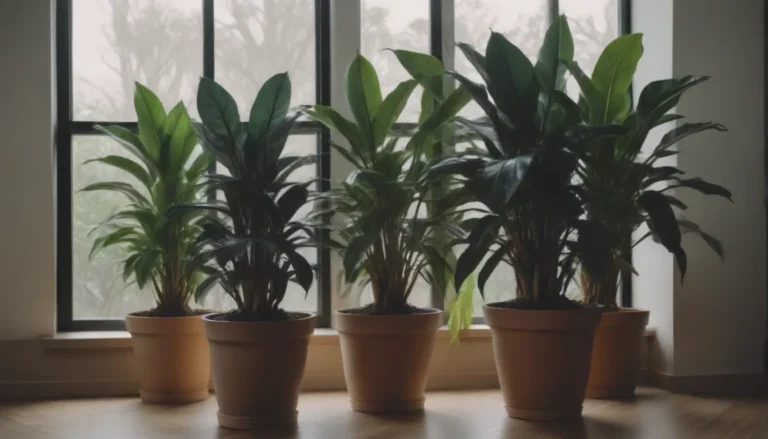Your Complete Guide to Growing and Caring for Anaheim Pepper Plants
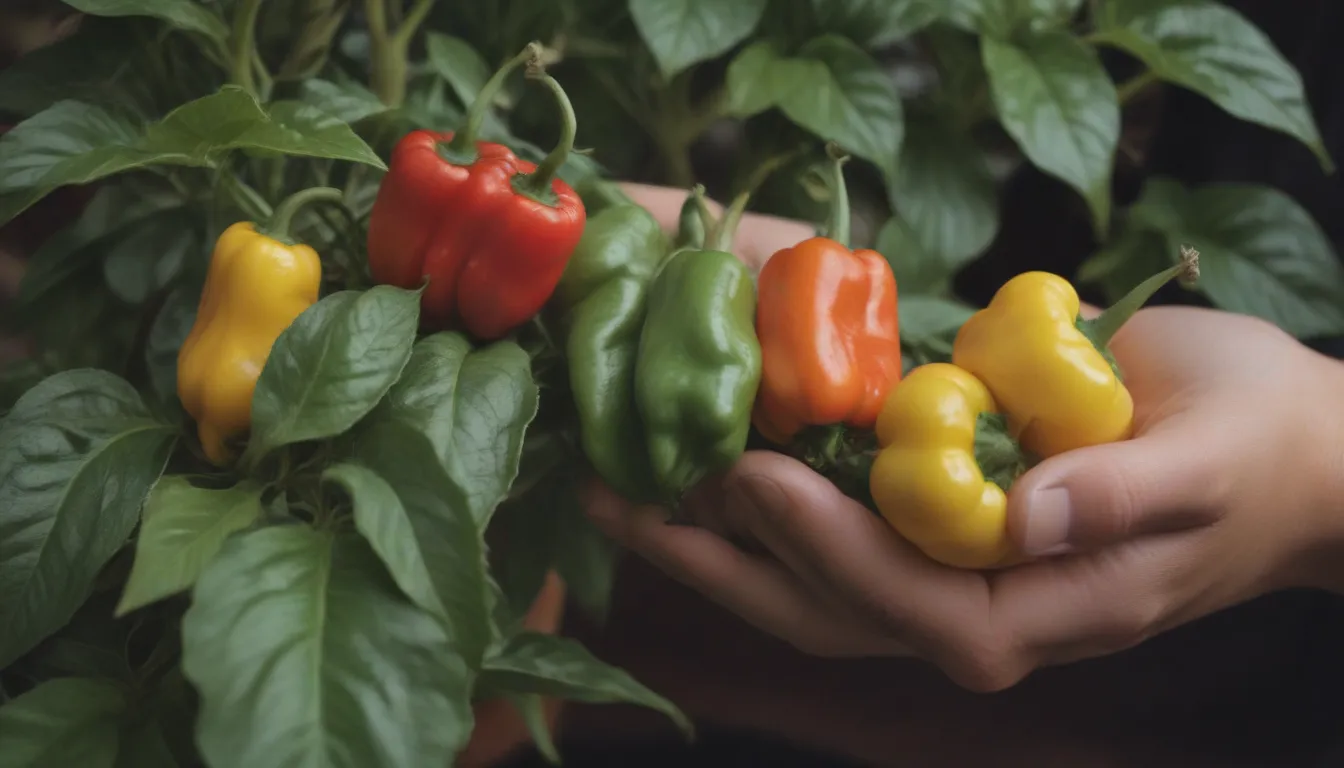
Are you looking to add a touch of spice to your garden this year? Anaheim peppers, also known as Anaheim chilies, are a fantastic option for those looking to grow their own peppers. These peppers are not only moderate in spice but are also a popular choice among cooks for their versatile flavor. In this comprehensive guide, we will walk you through everything you need to know to successfully grow and care for your Anaheim pepper plants.
What Are Anaheim Peppers?
Before we dive into the details of growing and caring for Anaheim peppers, let’s take a closer look at what makes these peppers stand out. Anaheim peppers, scientifically known as Capsicum annuum‘Anaheim’, fall somewhere between a bell pepper and a jalapeno in terms of spice level. This makes them the perfect choice for those who enjoy a bit of heat without it being overwhelming. In fact, Anaheim peppers are often described as having a mild spice, with a Scoville rating of 500-1000 when fully mature.
Why Choose Anaheim Peppers?
- Moderately spicy flavor
- Versatile and popular among cooks
- Suitable for beginners in gardening
- Can be grown as perennials, producing fruit for up to 3 years from a single seed
Now, let’s get into the nitty-gritty of how to grow and care for your own Anaheim pepper plants.
Anaheim Pepper Care Tips
Planting
When it comes to planting your Anaheim peppers, there are a few key things to keep in mind to ensure they thrive. Here are some tips for planting your peppers:
- Space each seed or seedling about 20 inches apart to allow for proper growth and spread.
- Plant in containers if you want the flexibility to move your plants to sunnier spots or indoors during rough weather.
- Harvest individual peppers at around 80 days for optimal flavor, or pick them earlier for a milder taste.
Light
Anaheim peppers love sunlight, so be sure to plant them in a location where they will receive 6 to 8 hours of direct sun each day. If you are planting them in containers, make sure you can easily move them to follow the sun throughout the day.
Soil
These peppers thrive in sandy loam soil with a pH of 7 to 8.5. Amending the soil with compost or manure can provide the organic material they need to grow healthy and strong.
Water
Finding the right balance when it comes to watering your Anaheim peppers is crucial. While they require frequent watering, especially during hot, dry spells, be careful not to overwater as they are susceptible to root rot. Aim for 1-2 inches of water per week, focusing on the soil and base of the plant to avoid leaf rot.
Temperature and Humidity
Anaheim peppers prefer warm, sunny climates with temperatures above 75 degrees Fahrenheit. Make sure to plant them when soil temperatures reach at least 60 degrees, and choose a spot with good airflow to prevent issues with humidity.
Fertilizer
Starting your pepper plant with fertilizer can give it a healthy boost. Consider incorporating rock phosphorous or bone meal for healthy root growth, and fertilize every few weeks with a low-nitrogen fertilizer as the plant grows. Organic options are a great choice, but be sure to follow the instructions carefully to avoid damaging the plant.
Pruning Your Pepper Plants
Proper pruning can help you achieve the highest yield possible from your Anaheim pepper plants. While not required, pruning can provide more airflow, prevent rot and pests, and ultimately lead to a larger, healthier plant. Here are some tips for pruning your pepper plants:
- Pinch an inch off the main stem about a week after planting to encourage healthy branch development.
- Remove the first batch of flowers to allow the plant to focus on strengthening its branches and roots.
- Prune any branches or leaves that touch the soil to prevent rot and pest infestations.
Propagating Anaheim Peppers
While propagating peppers can be a bit challenging, it’s worth a try if you have a successful plant you want to replicate. Here are some tips for propagating Anaheim peppers:
- Identify a young branch to remove and submerge in water until roots form.
- Transfer the cutting to soil or a hydroponic system once roots are established.
How to Grow Anaheim Peppers from Seed
If you’re starting from seed, here’s how you can successfully grow Anaheim peppers:
- Plant seeds indoors in a growing tray about a month and a half before your area’s final frost date.
- Transfer seedlings to the garden once they are at least 3 inches tall and the soil is warm enough.
- Follow guidelines for soil, fertilizer, and watering to ensure healthy growth.
Overwintering Your Pepper Plants
For those in colder climates, overwintering your Anaheim pepper plants can allow them to produce fruit for up to three years. Here’s how you can successfully overwinter your plants:
- Move plants to a warm indoor spot that stays above 55 degrees during winter.
- Reduce watering frequency to every 3-4 weeks and prune back the plant as it goes dormant.
- Move the plant back outside once temperatures warm up in the spring.
Common Pests and Diseases
While Anaheim peppers are relatively low-maintenance, they can still fall victim to common pests and diseases. Here are some issues to watch out for:
- Aphids: Keep an eye out for aphids, which are attracted to pepper plants and can spread diseases.
- Flea Beetles: These pests can leave behind holes in your leaves and cause damage to your plants.
- Leafhoppers: Another common pest that can quickly spread diseases among your plants.
Preventing Pest and Disease Issues
- Keep garden beds clear of debris to prevent pests from taking up residence.
- Use floating row covers to protect plants when they are not flowering.
- Practice good spacing, well-draining soil, and crop rotation to prevent disease.
In Conclusion
Growing and caring for Anaheim pepper plants can be a rewarding experience for any gardener, whether you’re a novice or a seasoned pro. By following these tips and guidelines, you can enjoy a bountiful harvest of delicious peppers that will add a flavorful kick to your culinary creations. So, roll up your sleeves, grab your gardening tools, and get ready to reap the rewards of growing your own Anaheim peppers. Happy gardening!
